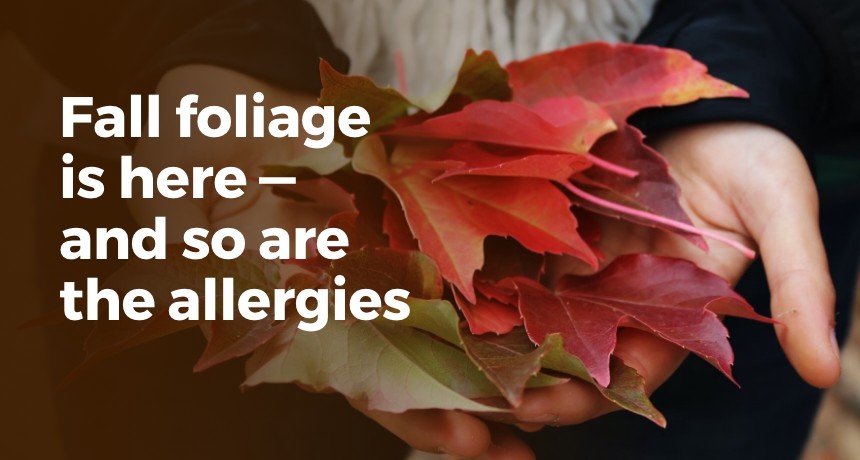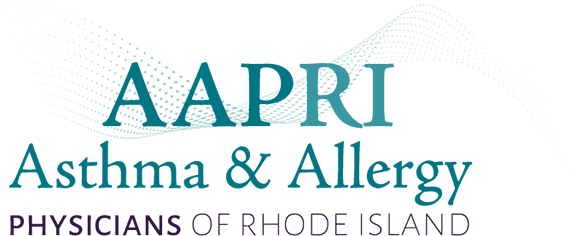Fall allergy season in Rhode Island is upon us. And even though seasonal allergies happen year-round, fall is when ragweed pollen wreaks havoc on allergy sufferers throughout the Northeast (other common fall allergy culprits are mold and dust mites). Like other seasonal allergies, fall symptoms typically include sneezing, itchy eyes and throat, and runny nose—and it’s essential to determine what’s triggering your symptoms so you can effectively get relief.

What is ragweed?
Ragweed is a plant that blooms between August and November in Rhode Island and throughout the region. There are 17 species of ragweed in the U.S. and a single ragweed plant may produce about a billion grains of pollen per season, which are often transported hundreds of miles on the wind. A ragweed allergy is sometimes known as “hay fever,” because symptoms were originally thought to be caused by the smell of hay.
Ragweed allergy symptoms include:
- Sneezing
- Runny nose
- Nasal congestion
- Headaches
- Irritated eyes
- Itchy throat

If you’re suffering from any of these symptoms, it’s important to see an allergist and get tested. At AAPRI, we’re the only practice in Rhode Island offering sublingual immunotherapy, or allergy drops, a proven treatment that effectively addresses the root cause of your symptoms to help you live a better quality of life.
Sublingual allergy drops work by gradually helping your immune system build up tolerance to your allergy triggers, such as ragweed pollen. This safe, effective treatment not only helps reduce the need for antihistamines and other allergy medications, which are used to control symptoms, but over time it can help get rid of your allergies permanently.
Other common fall allergy triggers
- Mold is another common fall allergy trigger because it’s often found in piles of damp leaves. Mold can also grow in your basement or other moist places in your home such as bathrooms and under the kitchen sink. Mold allergy symptoms are similar to ragweed pollen.
- Dust mites are everywhere humans are, particularly in bedding, carpeting, and furniture, but can get stirred up around the house in the fall when you first turn on the heat in your home. The best defense is to invest in dust mite-proof bedding and pillow covers and keep bedding, mattresses, and other areas dust mites congregate clean.
Being aware of what you’re allergic to can go a long way in helping you deal with your seasonal allergies. At AAPRI, we can do a comprehensive allergy assessment to determine what’s causing your immune system to go into overdrive, as well as recommend options for effective treatment.
Free Allergy Resources
Get the upper hand on your allergies by staying on top of your seasonal triggers. We put together a listing of free allergy apps and websites to help you monitor things in your environment like air quality, pollen counts, and more.
There’s no need to suffer
If you’re suffering from fall allergies, contact us to schedule a consultation today. Our dedicated team is here to help you get your allergies under control—for good.

